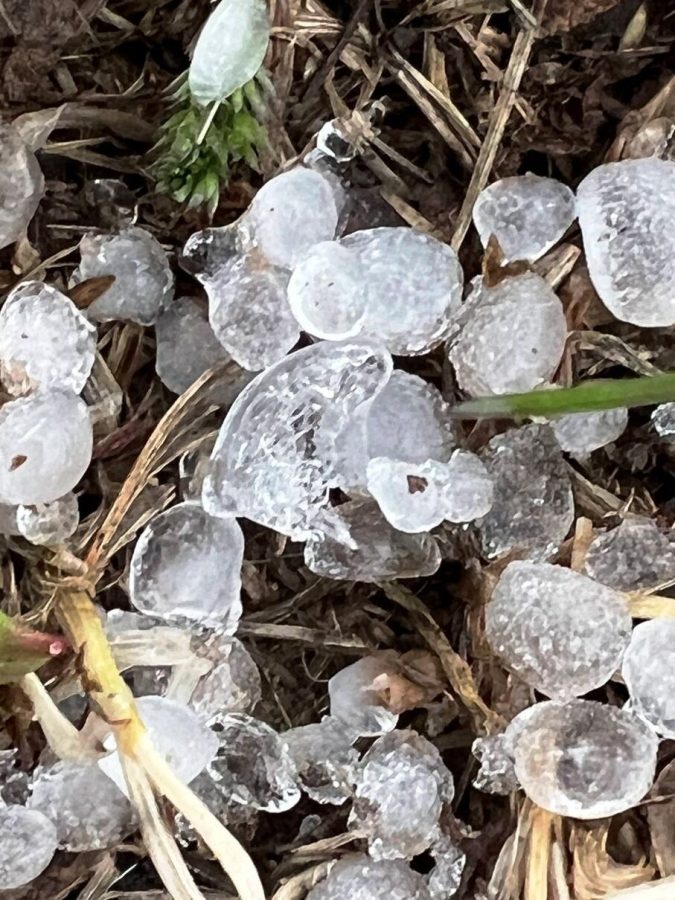Early planting always a challenge
May 1, 2022
Our topsy-turvy spring weather so far this year has not inspired ambitions of gardening, but the show must go on.
At least that’s what my wife Sherry told me recently when she decided it was time to start planting some of the vegetable garden. Despite the fact that our local robins will need chiropractic care for the many snows that have fallen on their backs and we still have plenty of frosty mornings, it’s perfect weather for planting cool-season crops.
What are cool-season crops? To quote from gardeningknowhow.com, “Cool-season crops germinate in cold soil and mature with cool weather and short periods of daylight, meaning they are perfect for planting in early spring. Pea, onion, and lettuce seeds will germinate as low as 35 degrees F), meaning they can go in the ground as soon as it is unfrozen and workable.”

Other vegetables will germinate in soil as cold as 40 degrees, which includes root vegetables and leafy greens like beets, carrots, turnips, cabbage, spinach, broccoli and of course, potatoes. It is gardening folklore to plant potatoes on Good Friday, a tradition that started in the 1600s when potatoes were just arriving in Europe.
Apparently, there was some concern there might be something evil and terrible about those tubers with eyes, so planting them on Good Friday was believed to be some sort of protection – with the added benefit of a little Holy Water sprinkled on.
Our taters were actually planted on Holy Wednesday, so hopefully, we can still cash in on some of that Holy Week blessing.
But I’m jumping ahead of myself because the chances of planting any garden in between the snow, rain and a spring hail storm looked rather remote when we had one day to clear the garden of last year’s debris and prepare the ground.
First, it was plenty of raking and pulling out stalks of root vegetables left from last year. These were arranged in piles – and with a water hose standing by – were carefully burned.
That turned out to be the easy part compared to working up the soil. Normally that’s easily done with the assistance of our 24-year-old rototiller that had been put away in a shed for the winter. I pulled it out, added fresh gas and it started on the second pull.
If only it would have stayed running. It ran for 10 seconds and died. I had problems with the beast last summer and had to pull the gas tank nearly every time to get fuel flowing. I tried that trick four times – and I even installed a new gas cap – but it wouldn’t go.
I had a choice to make. Swear and grumble for a few hours trying to get the tiller running or take a different approach. I was not going to repeat my performance from a few years ago by trying to break ground with the hand cultivator that dates back to Mesopotamian days, so I opted for plan B.
I bought a new tiller.
Of course, that was not without its challenges either. Nothing comes assembled these days, so I had to round up a few wrenches, decipher some directions and hold my breath. But an hour later the shiny new toy started on the second pull. And aside from shutting down temporarily until I removed the rock that became wedged in the auger, it performed well.
So the cold season crops are in the soil. Next will come the rest of the veggies when the threat of frost is passed, which for us is late May.
And apparently – so I am told – I have already purchased my Father’s Day gift.
Oh joy.
Chris Hardie spent more than 30 years as a reporter, editor and publisher. He was nominated for a Pulitzer Prize and won dozens of state and national journalism awards. He is a former president of the Wisconsin Newspaper Association. Contact him at [email protected].













